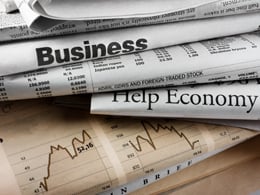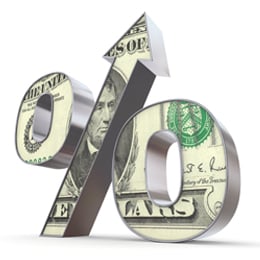This afternoon, I’m speaking to a group of investors on the subject of worry—worry about the economy, about investments, and about meeting their financial goals. A couple of years ago, we were worried about high oil prices, China taking over the world, and a weak dollar, to name a few. Now, of course, we’re much wiser: we worry about low oil prices, Chinese collapse, and the strong dollar.




 Yesterday, I wrote that the U.S. economy, especially on the jobs side, remains basically
Yesterday, I wrote that the U.S. economy, especially on the jobs side, remains basically 







